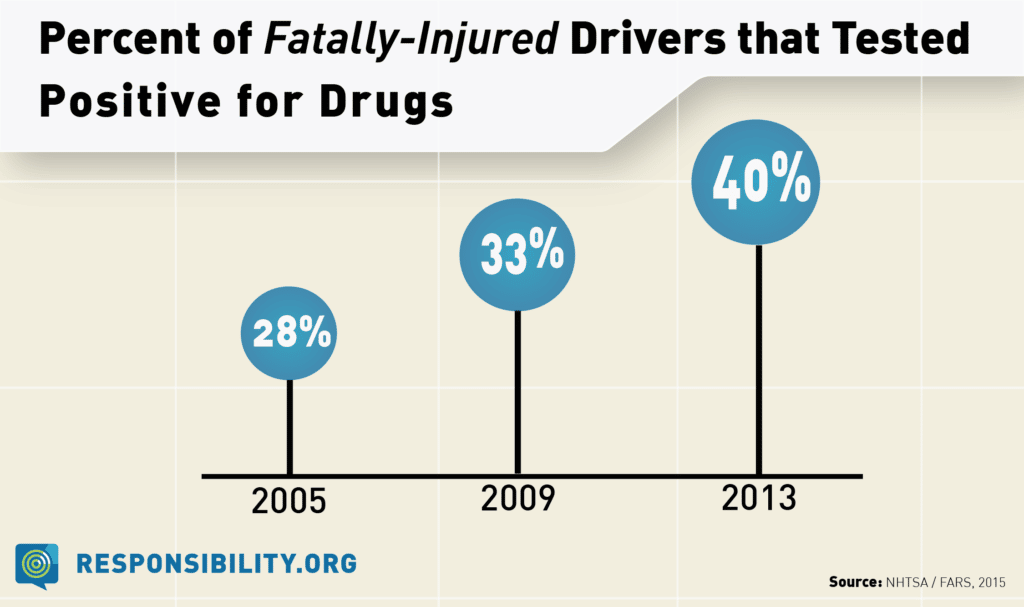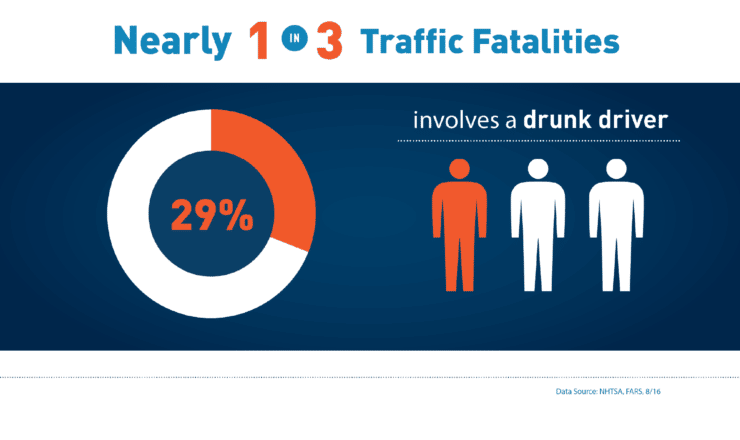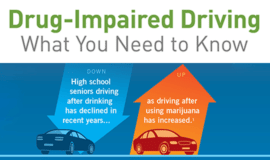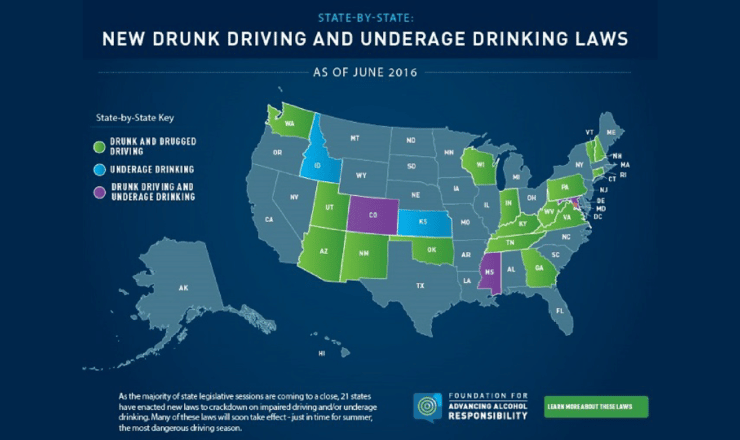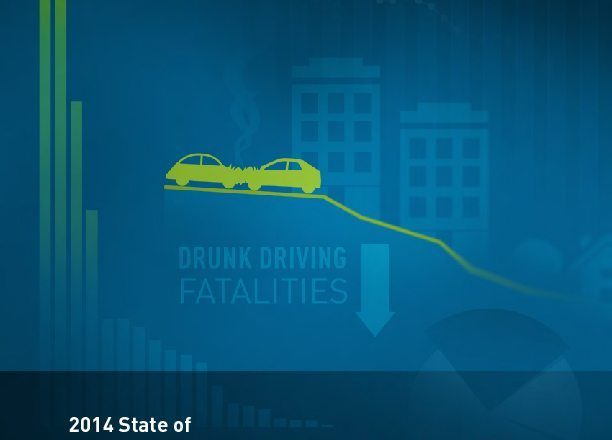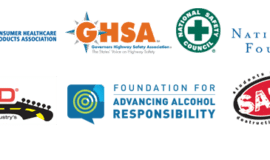New Report Urges National, State Action on Drugged Driving
Impaired driving is an old issue in highway safety. States and communities have been working diligently to prevent it for years by educating drivers and enacting and enforcing strong laws. But most people only associate impaired driving with alcohol. We often forget that drugs also can impair. With 23 states and the District of Columbia having more permissive marijuana use laws and with an increase in prescription drug abuse, drug-impaired driving is becoming more prevalent. States are being asked to do more to prevent it but what to do is far from clear.
Recognizing that drug-impaired driving requires additional attention and priority, the Governors Highway Safety Association (GHSA) and the Foundation for Advancing Alcohol Responsibility (Responsibility.org) brought together an advisory panel of experts from the states, the research community, and organizations concerned about impaired driving. This panel provided guidance on the available research and on strategies that could be implemented in the states. With their help, I created a report, Drug-Impaired Driving: A Guide for What States Can Do.
The report provides a thorough look at research over the past 20 years on drugs and driving. Additionally, GHSA conducted a survey of state highway safety offices to understand the current legislative and political landscape and learn about their drug-impaired driving activities. The report highlights effective programs that can be shared with other states.
In 2013, the most recent year for which data are available, the National Highway Traffic Safety Administration (NHTSA) Fatality Analysis Reporting System (FARS) found that drugs were present in 40 percent of fatally-injured drivers with a known test result. This has increased substantially in recent years: drugs were detected in 28 percent of fatally-injured drivers in 2005 and in 33 percent in 2009. A recent roadside survey from NHTSA found that 22 percent of randomly selected drivers tested positive for some drug or medication on both weekday days and weekend nights.
So, what can states do now to get in front of this issue? The report describes how states can enhance their enforcement, prosecution and adjudication of drug-impaired driving laws. It also provides other action items and recommendations that address the following areas:
- Planning – Assess the data and understand what is happening now.
- Laws and Sanctions – Examine and update drug-impaired driving (DUID) laws.
- Training – Train law enforcement, prosecutors and judges.
- Testing – Test all fatally-injured drivers for the presence of drugs.
- Prosecution and Adjudication – Screen and assess all DUID and alcohol-impaired driving (DUI) offenders to identify any drug or alcohol problems or underlying mental health issues.
- Data – Track DUI and DUID crash data separately to best assess the problem.
States can’t tackle this issue alone. There are gaps in our knowledge about drug-impaired driving, including how different drugs (or combination of drugs) impact drivers, that will require continued research at the national level. The federal government has been a strong leader on alcohol-impaired driving. Highway safety professionals look for them to provide continued direction in developing research and improving data collection on drug-impaired driving.
*The views and opinions expressed in this blog are solely those of the author and do not necessarily reflect the views of the Foundation for Advancing Alcohol Responsibility (Responsibility.org) or any Responsibility.org member.*

